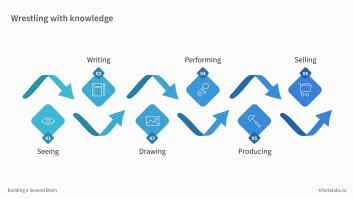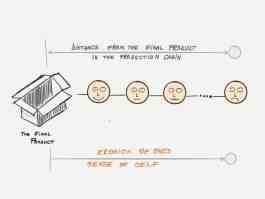
Just-In-Time PM #9: Placeholders
In Part 8, we looked at divergence and convergence as the two fundamental modes of all creative work.
Now let’s see what this looks like in our day to day schedules.
The main feature of the modern workday, you may have noticed, is fragmentation.











